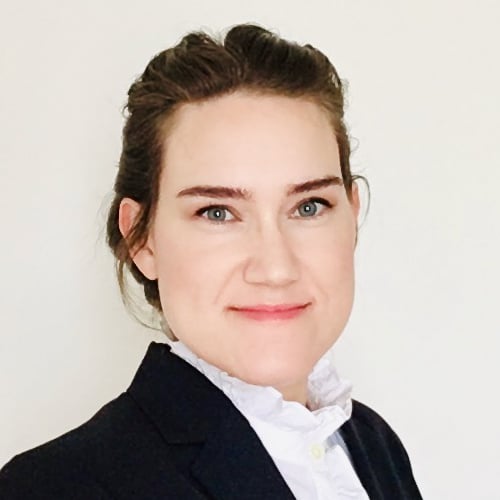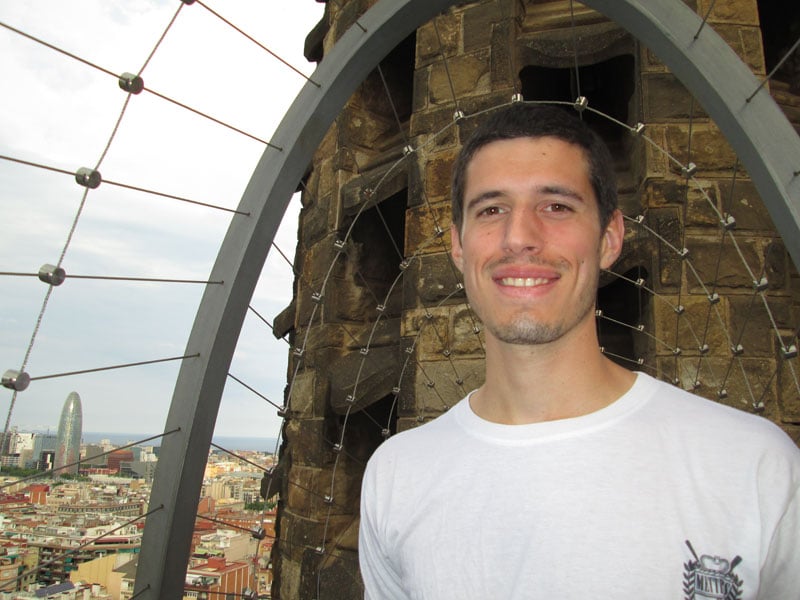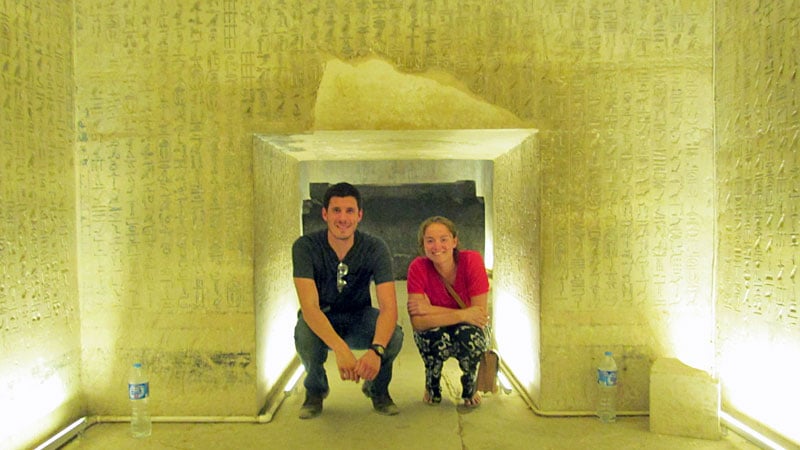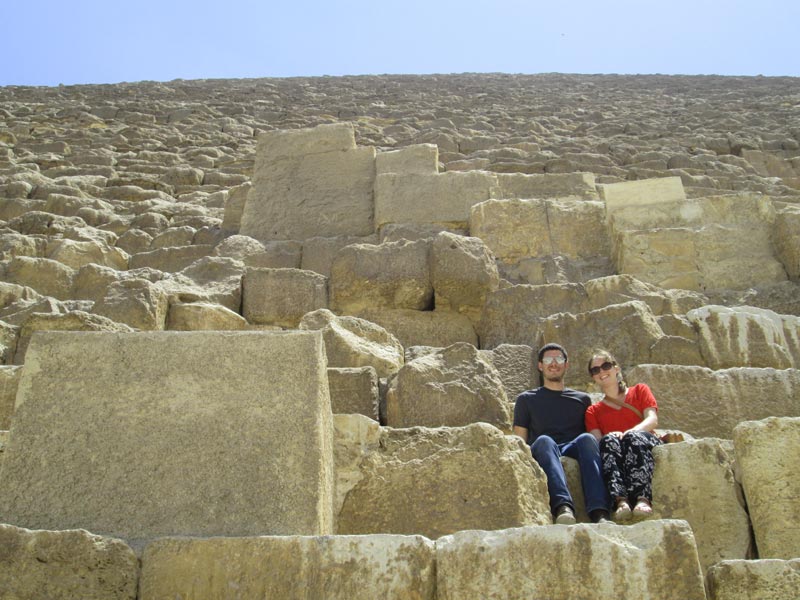
For Tim Smith, the seeds of his interest in paleontology, which would ultimately lead him on a path to become Stroud Water Research Center’s new data analyst, were planted along the banks of Yellow Breeches Creek in Grantham, Pennsylvania.
“My house was directly across the street from an old millrun that was filled with minnows, crayfish, clams, turtles, frogs, and all of the macroinvertebrates the Stroud Center studies,” recalls Smith. “My entire childhood revolved around this creek — catching creatures, creek walking, swimming, fishing, and even removing purple loosestrife when it started to colonize the area.”
He would spend hours every day in the creek, returning home muddy, spattered with nettle rashes, and carrying critters in his bucket.
At Franklin & Marshall College, while studying geology, he received a student research grant to study scallop species from either side of the Isthmus of Panama during its closure about 3.5 million years ago. “Because of this project I had to learn R, the statistical programming language, which quickly became one of my favorite things,” says Smith.
More courses utilizing R followed and then a geologic field camp in rural Montana. There, he gained a new perspective on the natural world: “I intellectually knew what made a mountain a mountain, but field camp taught me to see everything that led to its existence. I began to see the story of the earth, as told by its geomorphology. A mountain became the story of a violent clash of tectonic plates. Its shape became a series of scars created over millions of years, and the incredible patterns in the rock became the story of how pressure and time can change something seemingly immutable.”
Smith went on to earn his master’s in environmental Earth systems management from Millersville University, learning Python and advanced GIS along the way.
“In order to get that sweet, sweet free tuition, I worked for Dr. Nanette Marcum-Dietrich, who is an adjunct at the Stroud Center,” Smith says. “While working for her, I corresponded a lot with the Stroud Center’s education wing and even worked on some research with the Stroud Center.”
Smith eventually went on to work as an analyst for the New Jersey Department of Environmental Protection before joining the Stroud Center’s Information Services Group in January.
“One aspect of the Stroud Center that especially stuck out to me when I worked for Nanette was the educational programming and outreach.” Both while growing up in a rural area and later while working two years in the AmeriCorps in an underserved community, Smith witnessed firsthand the barriers many students face to access science and mathematics education.
“I saw a lot of shoe-horning of students into specific roles, especially by gender and socioeconomic status,” he explains. “I want to be a part of an organization that helps to demystify the sciences and makes science education more equitable.”
In his free time, Smith enjoys globe trekking, hunting for fossils, and playing the harmonica. He also loves tea, almost as much as his wife, Alexia, and their cat, Eliot.







